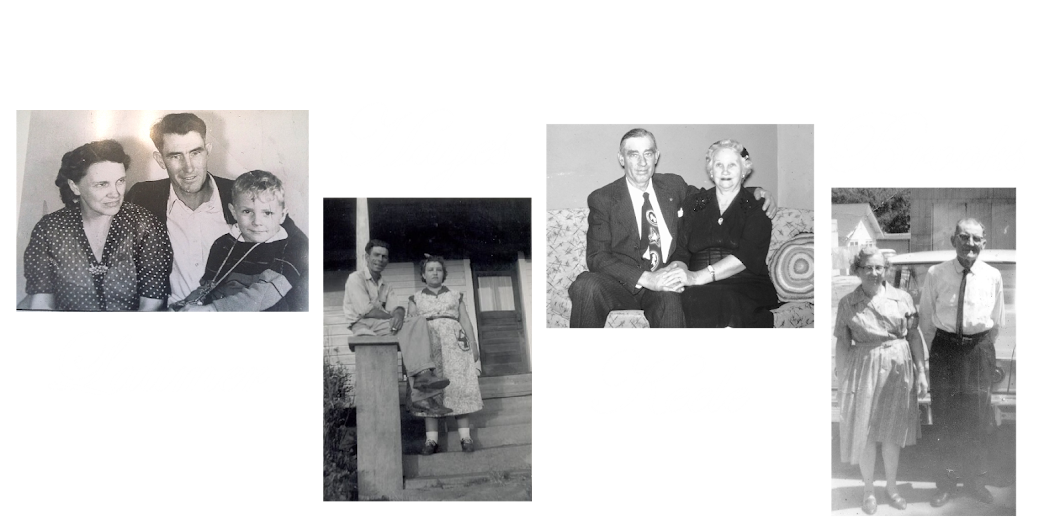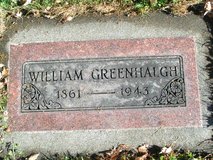 I love this family! As I was doing their research I was impressed with the unity and closeness that I found. Often times I would find several families and multiple generations living in the same home. When one family would move the others would soon follow. Whether to escape the hardships of drought or establish new homesteads on the plains, they were together. Many times to understand why people do something we need to learn the events that occurred during their lifetime. This requires study and investigation. This was the case with the David Long family. They were married and their first child was born in Kansas. Why then were the following children born in Iowa? By 1880 the family has returned to Kansas. This occurred during an era of difficult travel right before the civil war. The trip would have been made by train, boat and wagon. Kansas was still a territory and did not become a state until 1861. Why would they leave for so many years and then come back? I found one answer to that question in a second hand store when I came upon this neat old text book. It is copyrighted in 1914 and is over one hundred years old, the title drew me right in.
I love this family! As I was doing their research I was impressed with the unity and closeness that I found. Often times I would find several families and multiple generations living in the same home. When one family would move the others would soon follow. Whether to escape the hardships of drought or establish new homesteads on the plains, they were together. Many times to understand why people do something we need to learn the events that occurred during their lifetime. This requires study and investigation. This was the case with the David Long family. They were married and their first child was born in Kansas. Why then were the following children born in Iowa? By 1880 the family has returned to Kansas. This occurred during an era of difficult travel right before the civil war. The trip would have been made by train, boat and wagon. Kansas was still a territory and did not become a state until 1861. Why would they leave for so many years and then come back? I found one answer to that question in a second hand store when I came upon this neat old text book. It is copyrighted in 1914 and is over one hundred years old, the title drew me right in.
From History of Kansas reader:
*The drought -- "It began in June 1859 for period of more than sixteen months. The ground became so dry that it broke open in great cracks, wells and spring went dry. . . crops were a total failure." --- "They could fight ruffians, but they could not fight starvation."--- "After a year they began to give up and go back east. No fewer than 30,000 settlers abandoned their claims and left Kansas."
The Long family was among those that left and return to Iowa. Now I understood one of the reasons for their move. The fact that they were teamsters may have facilitated their decision. Their experience with traveling great lengths and hauling goods from place to place would have been a great asset. They owned or had access to multiple wagons. Here is a wonderful photo of a member of the Long family with his wagon.
The story of the Long family is a story of unity, hope for the future and hard work. I am sure with so many people in such close quarters there were times of difficulty, and disagreements, that is normal. The wonderful thing is we share their DNA and have access to their spirit, their strength and love that can carry us through whatever lies ahead.
 |
| Long Family Teamster |
- John Long 1792-1887 married Dorothea Bastedo parents of
- David Long 1832-1924 m Mary Jane Walker parents of
- Getty (Gertrude) Long 1864-1930 m Daniel Marion Gragg parents of
- Eva Marie Gragg 1896-1964 m Carl McKinnley Brooks Parents of
- Shirley Alene Brooks/Miller
There is so much to learn from our ancestors and I have a lot of information on the Long/Gragg family that I will share in future posts. But for now I promised myself I would keep these short. Great reading for a Sunday or FHE. So sign up for those email updates!



